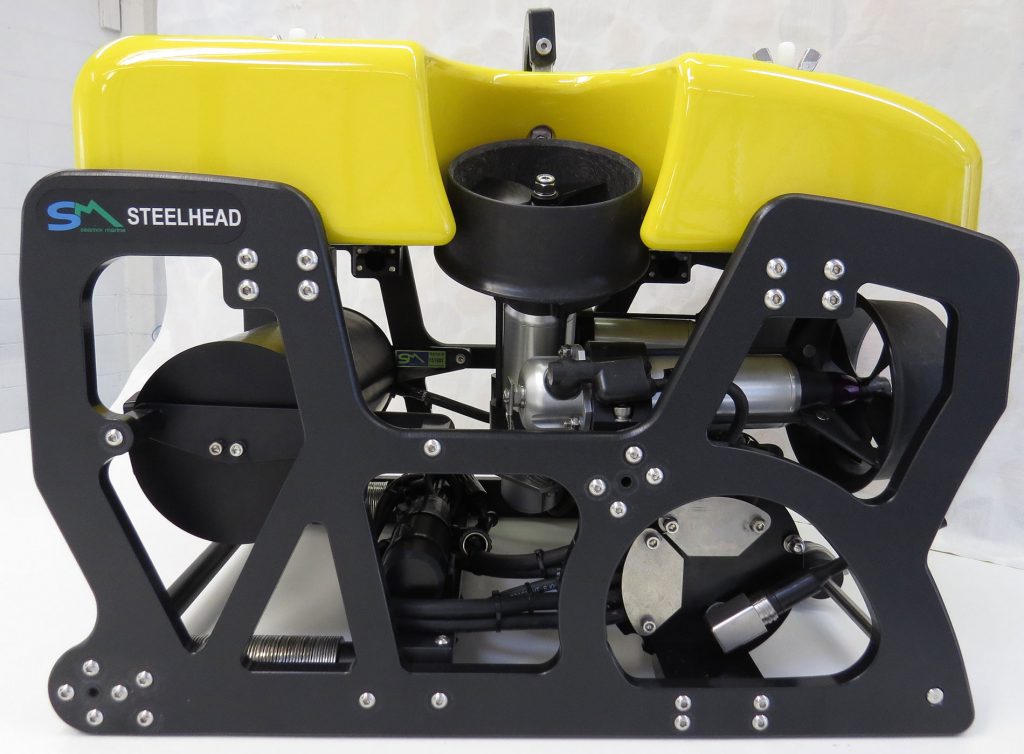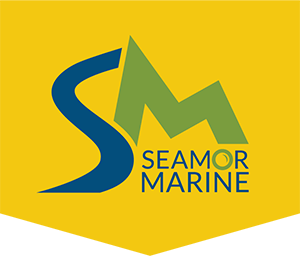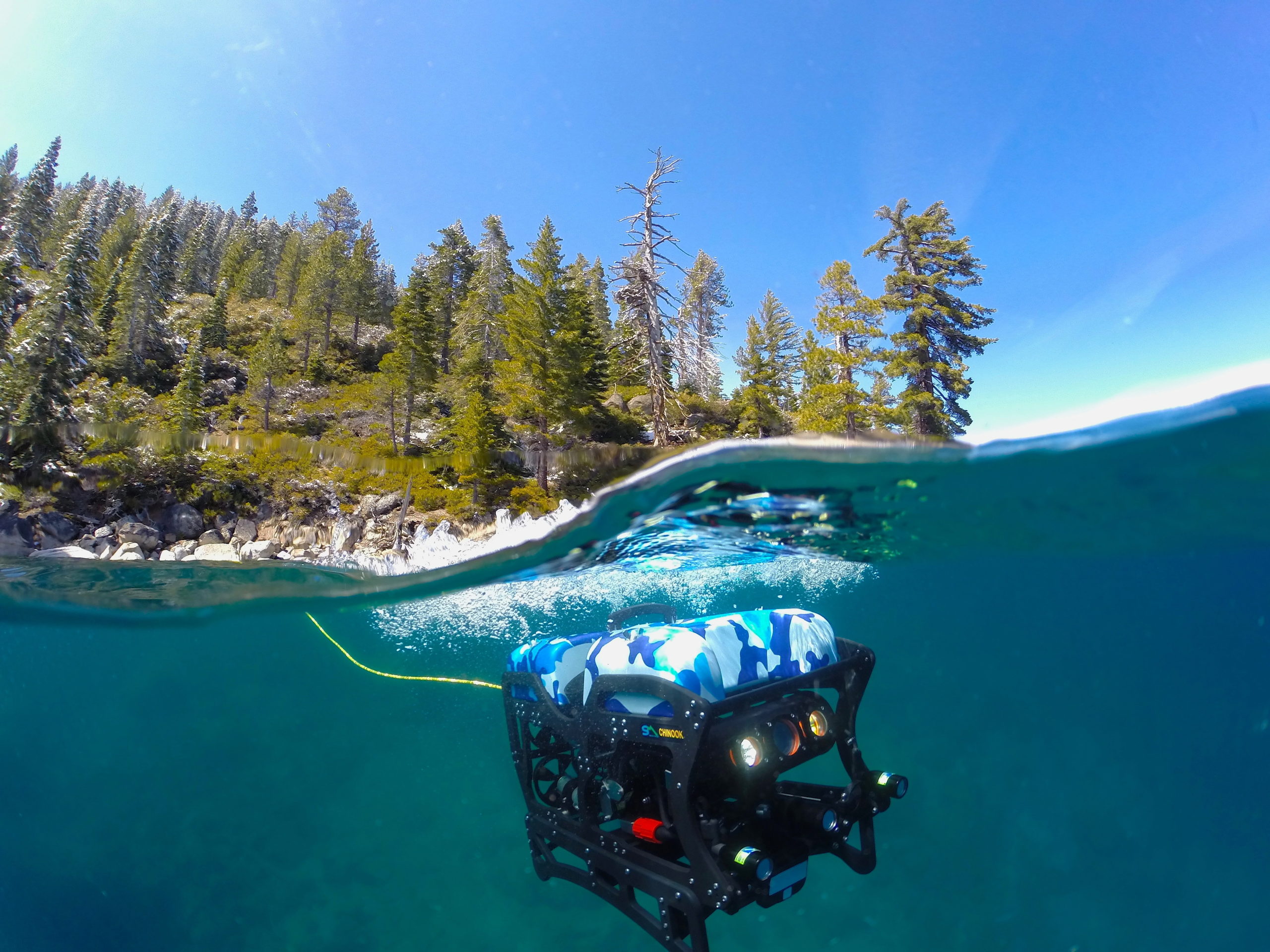Like any technology, ROVs have an environmental impact that can be assessed through their manufacturing, materials, and overall lifecycle. Environmental impact assessments are at the beginning stages of their development and use. Humans still have much to learn and nature has much to teach us. There is, currently, no standardised method to calculate exact positive and negative impacts in the field of ROV manufacturing and use. But we can take some things into consideration.
Manufacturing and Materials
- Energy Consumption. The manufacturing process of ROVs involves energy-intensive activities, including the fabrication of components, assembly, and testing. This energy consumption contributes to greenhouse gas emissions. Try to use renewables whenever possible.
- Raw Materials. The production of ROVs requires various raw materials, such as metals, plastics, electronics, and sensors. Sourcing and processing these materials can have environmental implications, including resource depletion and habitat destruction. Working towards new technologies and better processes in the long term will change this.
- Waste Generation. Manufacturing can generate waste, including production scraps, chemicals, and packaging materials. Proper waste management and recycling practices can mitigate this impact. Increasing the lifespan and use of an ROV can also decrease the overall negative environmental impact. This is one of the methods we use at SEAMOR Marine. An added benefit is that the longer your ROV is in use, the better your cost-benefit ratio.
Sustainability Factors
- Energy Efficiency. An ROV that incorporates energy-efficient components and systems, such as efficient thrusters and power management, can reduce its operational energy consumption. AND… it can reduce operational costs. SEAMOR has excellent thrusters, give them a try! Also consider renewable energy sources to power your ROVs. If you are an ROV dealership or manufacturer, think green energy for your buildings.
- Longevity and Durability. ROVs designed for durability and long service life can minimize the need for frequent replacements, reducing overall resource consumption. We say yes to this at SEAMOR!
- Modularity and Upgradability. ROVs that are designed with modular components and the ability to be upgraded or repurposed can extend their usefulness and reduce the need for complete replacements. SEAMOR Marine is a top player when it comes to ROV modularity. Check out one of our posts to learn more.

Lifecycle Considerations
- End-of-Life Disposal. Proper disposal and recycling methods for ROVs at the end of their lifecycle can minimize environmental impact. This includes managing electronic waste and recycling materials where possible.
- Transportation, Consideration of the environmental impact of transporting ROVs to and from deployment sites is important. Minimizing transportation-related emissions can contribute to overall sustainability.
Environmental Monitoring and Research
- Conservation and Research. ROVs can play a crucial role in environmental research, habitat monitoring, and conservation efforts. Their use in these contexts can outweigh their negative impact by contributing to a better understanding of marine ecosystems and facilitating more informed conservation decisions.
- Inspection. ROVs in other industries create positive impact by helping to maintain and fix existing infrastructure. Ultimately, reducing the need to replace the structure and use more raw materials. In the aquaculture industry, ROVs are important to monitor fish health and thus, reducing environmental impacts such water pollution or the spread of disease.
At SEAMOR we value our environment and work towards creating more positive impacts. We have talked about this before, feel free the check out the posts here and here. If you would like to learn more about our ROVs or get a demo, get in touch here or via social media.

